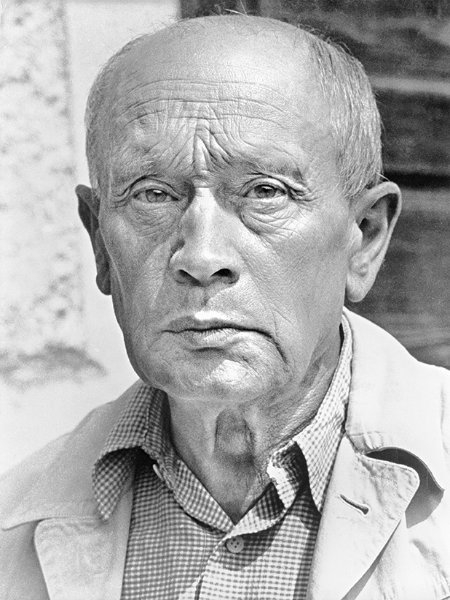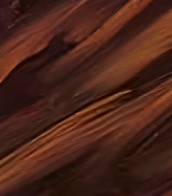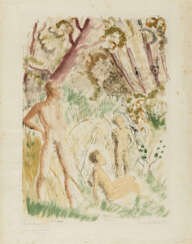2 Items by auctions and galleries:
5 x 42cm)
Lot 184 Erich Heckel. Figurenskizze
Erich Heckel (1883 - 1970)  A541: Evening Sale
A541: Evening Sale 

Erich Heckel
31.07.1883 - 27.01.1970
Germany
Erich Heckel was a German painter and printmaker, and a founding member of the group Die Brücke ("The Bridge") which existed 1905–1913. His work was part of the art competitions at the 1928 Summer Olympics and the 1932 Summer Olympics.

VAN HAM Kunstauktionen GmbH
A541: Evening Sale
Date: 03.12.2025 18:00 UTC +01:00
Number of lots in the catalog: 519




